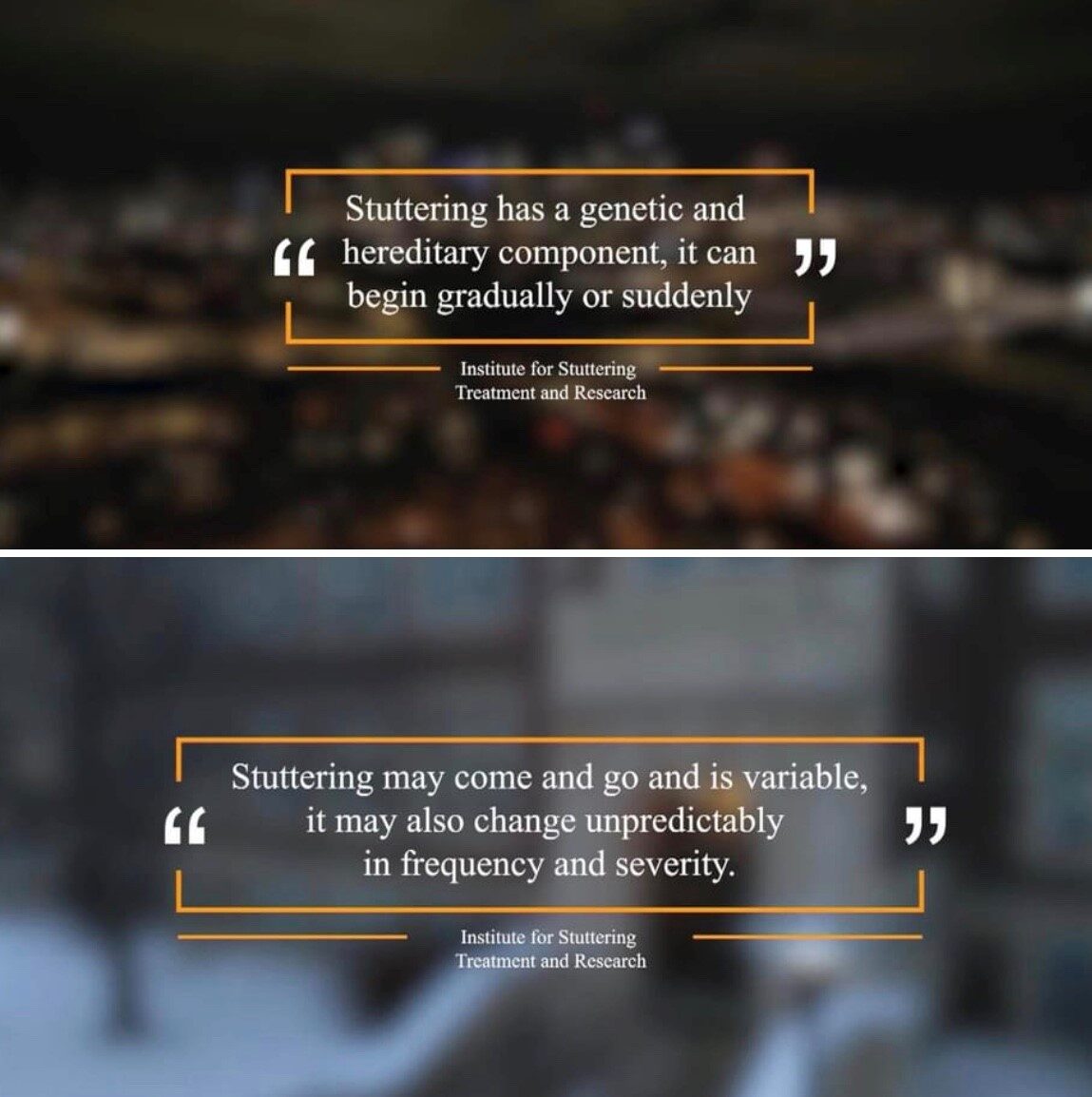
Supporting someone who stutters is important for emotional well-being and self-confidence. Stuttering can be challenging for each person experiencing it and your support can make a significant difference in our life.
Here are some tips on how to support someone who stutters:
Patience. One of…

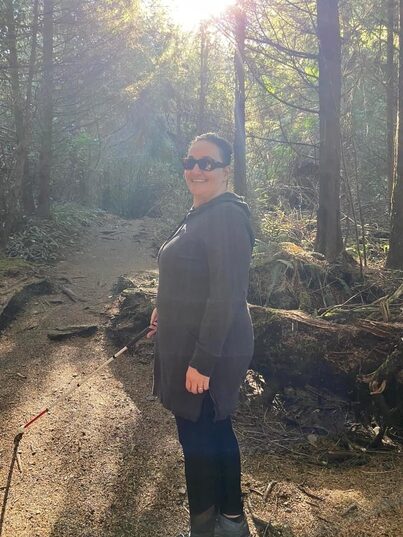 A couple of years ago, my husband and I travelled to Port Renfrew on Vancouver Island. Our goal was to see the tide pools during low tide at Botanical Beach. I was told the trail/path down was inaccessible to me due to tree roots, rocks, low hanging branches, steps, and many small plank walkways. M…
A couple of years ago, my husband and I travelled to Port Renfrew on Vancouver Island. Our goal was to see the tide pools during low tide at Botanical Beach. I was told the trail/path down was inaccessible to me due to tree roots, rocks, low hanging branches, steps, and many small plank walkways. M…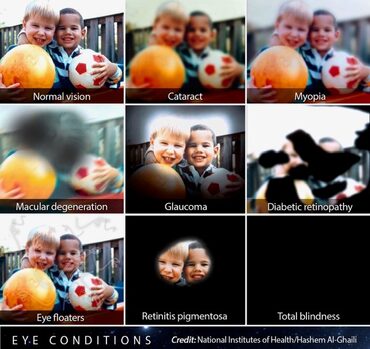

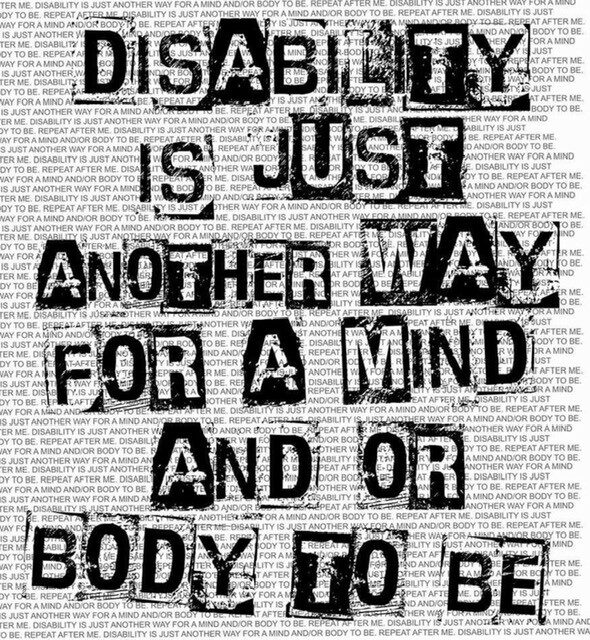
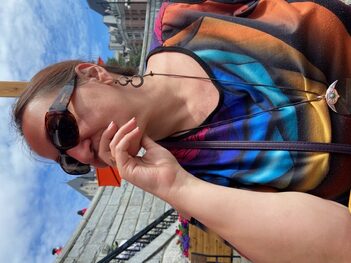 My vision loss journey. It is a journey that is mine, one that only I can experience from the inside. It is a journey that is unique to me, just as everyone else is on journeys that are unique to them. I am blessed to have the love, support, and encouragement of my husband, family, and many close fr…
My vision loss journey. It is a journey that is mine, one that only I can experience from the inside. It is a journey that is unique to me, just as everyone else is on journeys that are unique to them. I am blessed to have the love, support, and encouragement of my husband, family, and many close fr…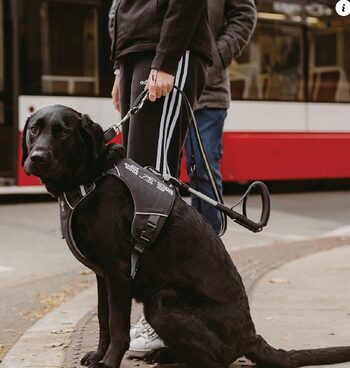 Guide dogs and service animals are more readily acknowledged today and are often seen with their handlers in every setting around town or in daily life activities.
Guide dogs and service animals are more readily acknowledged today and are often seen with their handlers in every setting around town or in daily life activities.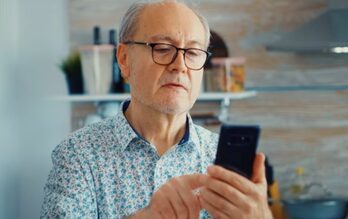
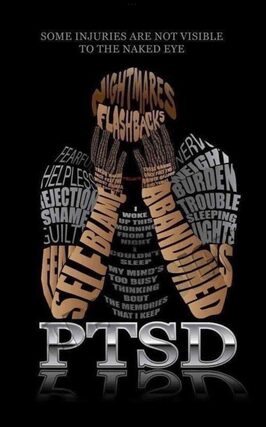
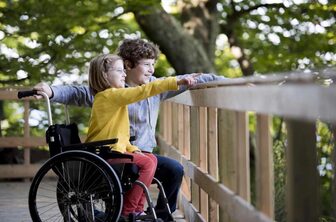
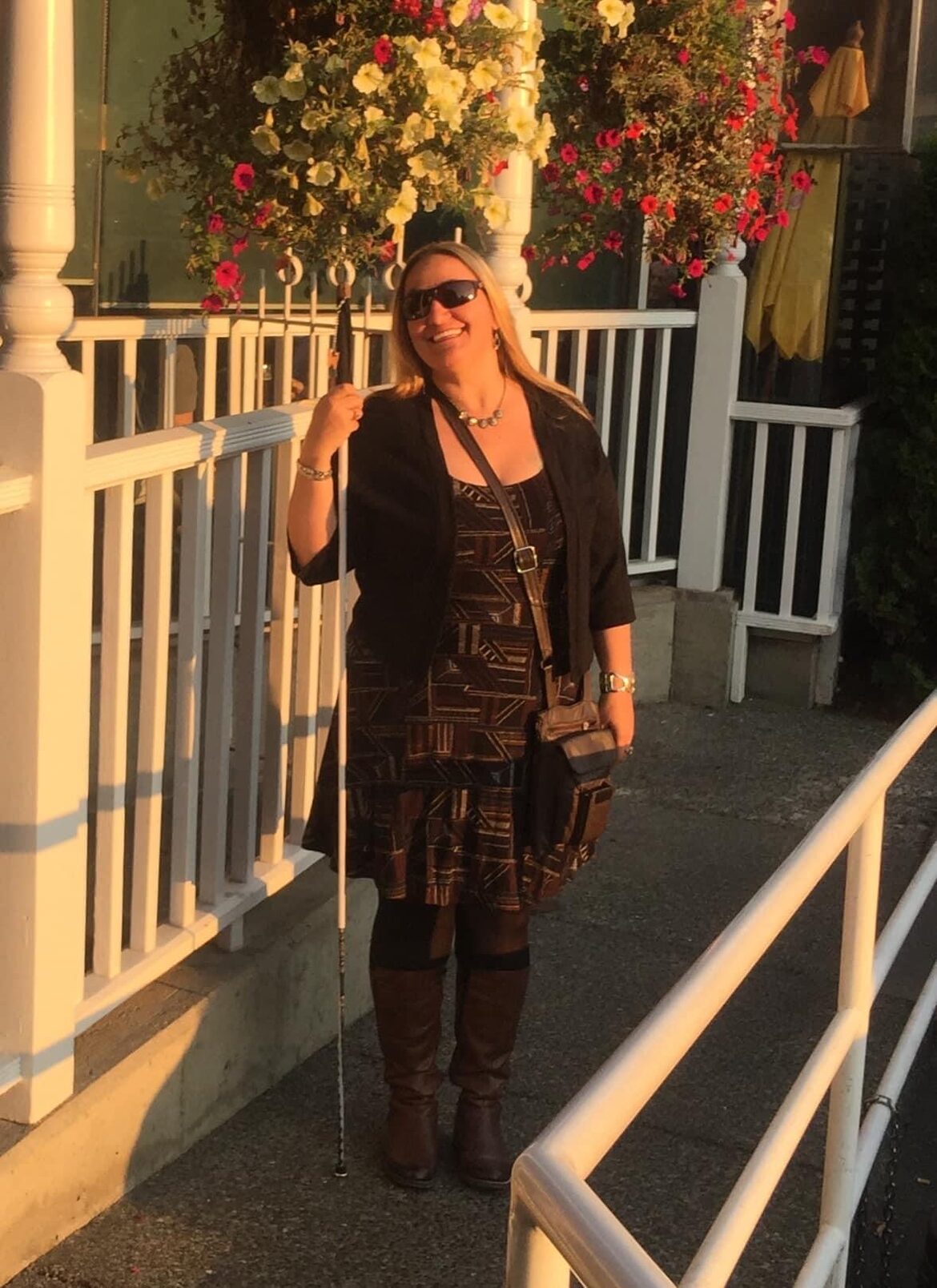
 Ways to navigate zip lining with low to no vision
Ways to navigate zip lining with low to no vision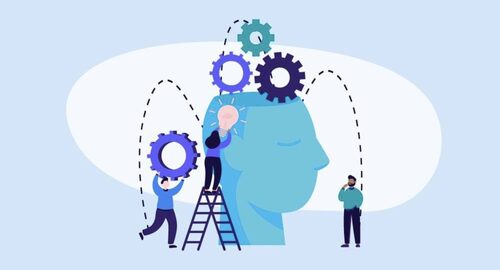 You may be familiar with the most known of the many neurological disabilities:
You may be familiar with the most known of the many neurological disabilities: Vision loss is not only about losing your sight. It also is about gaining your blindness.
Vision loss is not only about losing your sight. It also is about gaining your blindness. 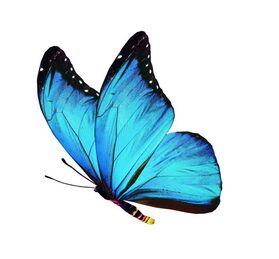
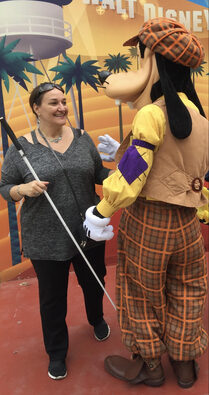 I have no central vision, and I experience blind spots and floaters in my peripheral vision. I can see shapes and most colours, but cannot make out details. I wear dark sunglasses as my eyes are light-sensitive, so I prefer low lighting. No two people’s experience with vision loss or blindness is th…
I have no central vision, and I experience blind spots and floaters in my peripheral vision. I can see shapes and most colours, but cannot make out details. I wear dark sunglasses as my eyes are light-sensitive, so I prefer low lighting. No two people’s experience with vision loss or blindness is th…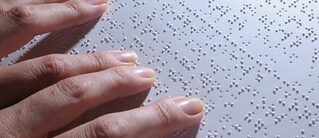 The Braille alphabet is used by people who are blind or partially sighted as a basis of the larger Braille code for reading and writing. Kids and adults who are blind read Braille by gliding their fingertips over the lines of embossed Braille dots. They write braille using a variety of tools, such a…
The Braille alphabet is used by people who are blind or partially sighted as a basis of the larger Braille code for reading and writing. Kids and adults who are blind read Braille by gliding their fingertips over the lines of embossed Braille dots. They write braille using a variety of tools, such a…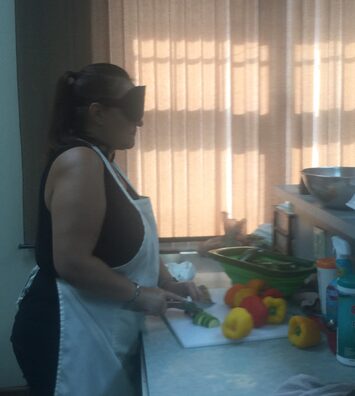 1) There are many different types of canes and cane tips for people who are partially sighted or blind to choose from. Every cane gives different information, and each person can explore what type of cane will work best for them. A cane represents freedom to those who use them.
1) There are many different types of canes and cane tips for people who are partially sighted or blind to choose from. Every cane gives different information, and each person can explore what type of cane will work best for them. A cane represents freedom to those who use them. 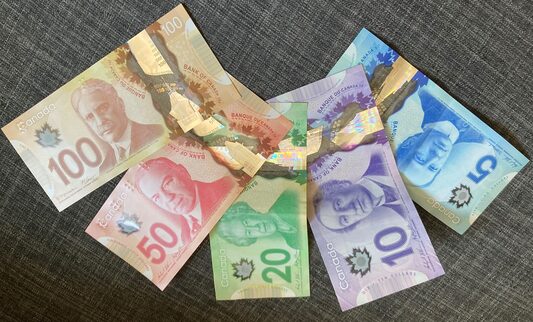


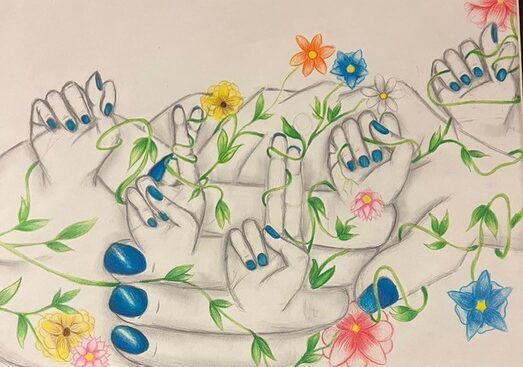 There are a few main terms used to describe people experiencing hearing loss. Deaf, Hard of Hearing, someone experiencing hearing loss, and deaf blind. The majority of people in the Deaf community prefer not to use the term “hearing impaired,” so avoid it unless the person specifies that they prefer…
There are a few main terms used to describe people experiencing hearing loss. Deaf, Hard of Hearing, someone experiencing hearing loss, and deaf blind. The majority of people in the Deaf community prefer not to use the term “hearing impaired,” so avoid it unless the person specifies that they prefer…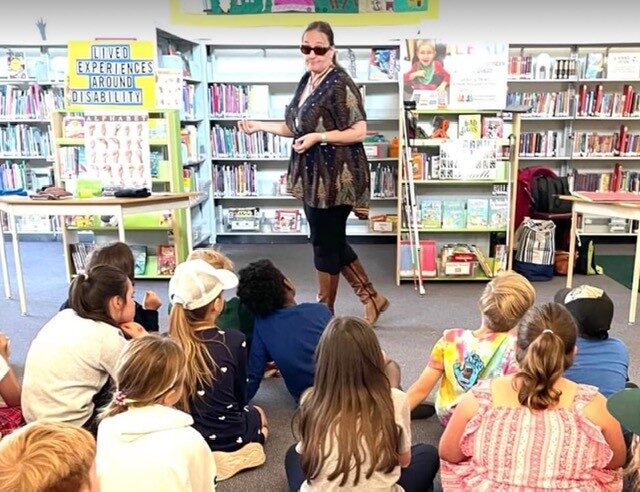
 Epilepsy is a disorder in which nerve cell activity in the brain is disturbed, causing seizures. Epilepsy may occur as a result of a genetic disorder or an acquired brain injury, such as a trauma or stroke. During a seizure, a person experiences abnormal behavior, symptoms, and sensations, sometimes…
Epilepsy is a disorder in which nerve cell activity in the brain is disturbed, causing seizures. Epilepsy may occur as a result of a genetic disorder or an acquired brain injury, such as a trauma or stroke. During a seizure, a person experiences abnormal behavior, symptoms, and sensations, sometimes…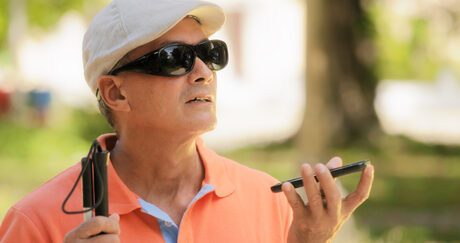 As a woman who is almost blind, technology has helped our community of people who are blind or partially sighted gain a huge amount of independence back. Smart phones and other inventions have allowed many of us to participate and enjoy life more fully. Voice over, Siri and magnification (all built …
As a woman who is almost blind, technology has helped our community of people who are blind or partially sighted gain a huge amount of independence back. Smart phones and other inventions have allowed many of us to participate and enjoy life more fully. Voice over, Siri and magnification (all built … I used to fear the idea of using a white cane and drawing attention to myself. Today, this white cane represents my freedom.
I used to fear the idea of using a white cane and drawing attention to myself. Today, this white cane represents my freedom.